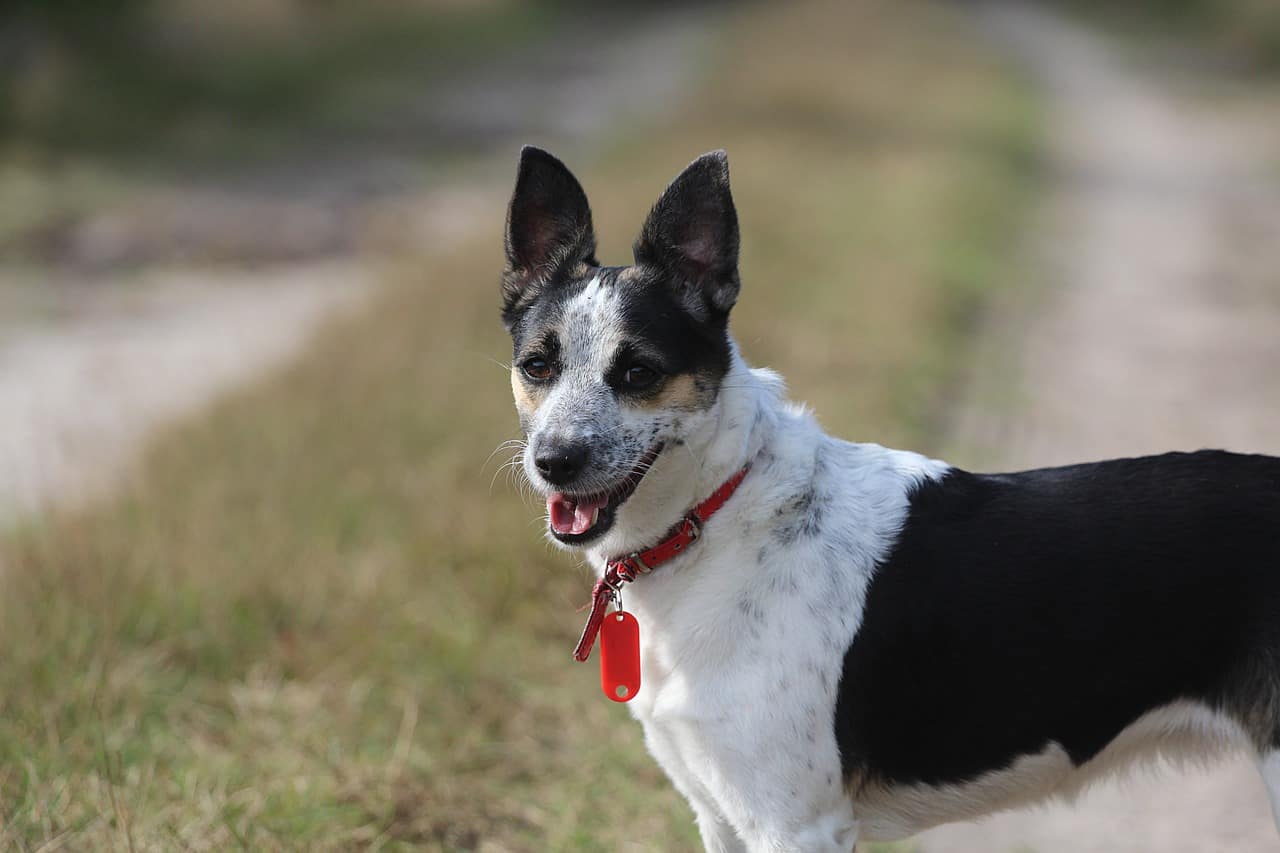

Their necks are clean, muscular and of medium length, seamlessly transitioning into their laid-back shoulders and even topline.

Their ears are high-set, somewhat triangular and are either erect or button. Their noses are usually black and if not, are otherwise self-colored and their eyes range from brown to amber but rarely appear as anything else. Their heads are long and relatively trim with the skull itself being slightly longer than the muzzle, both of which are parallel but separated by a well-defined stop. Their coats are short, soft, and relatively dense but are hard to identify solely on the pattern or color as even their breed standard confirms that they can come in just about any combination of either. Even Teddy Roosevelt had dogs that were influenced by Feist genetics and today, they still remain a relatively popular breed even if many seem to go unregistered.įeists are small dogs, standing only a foot to a foot and a half tall at the withers and weighing up to 30 pounds. In the process, they became well-loved due to their great overall temperaments, work ethic, and general adaptability. Regardless, whenever they did eventually surface in greater numbers, it happened to be in the American South where many farmers used them not only as a treeing breed but also as ratters to keep the vermin population low and their crop health and yield high.

Throughout their history, they have been mentioned in various writings by George Washington, Abraham Lincoln, and even William Faulkner, indicating their history is undoubtedly longstanding, but whether they originated in the United States or earlier in England where terriers were much more common remains to be proven in any significant fashion, but some accounts do indicate they may have been in existence as early as the 17th century. All in all, they are great companions and possibly even better hunters and watch dogs.īecause of the wide span of genetic influence and lack of documentation, there is little evidence to show the exact timeline of the Treeing Feist. Likely because of their terrier heritage, they are a bit territorial and although they do pretty well with other dogs for the most part, are usually wary of strangers and will issue a round of barking if they are uncomfortable. They are an affectionate breed and form close bonds with their families, children included, but because of their size and excitability, usually need at least some training and socialization to keep from being too rambunctious around kids. They are considered highly-adaptable dogs who generally do as well in smaller homes as they do larger ones as long as they have someone to exercise them regularly. Out of almost any recognized breed, Feists likely have the loosest standards, as although there are set limits on height and weight, they come in just about every color and pattern imaginable thanks to their wide ancestral influence, which many believe to span everything from scent hounds to terriers from Europe to hounds native to the Americas. Because of their refined abilities, they are often referred to as the "ultimate squirrel dog" although they are also used for raccoon and opossum as well, and take only a second to prove it, taking off with great speed yet maintaining a silent approach and alerting their owners with loud, repetitive barking once they have successfully pinned their target in a tree. The Treeing Feist is a small, agile dog that was bred over centuries to be, as their name implies, a top treeing breed, meaning it is trained to chase prey into a tree until the hunter arrives and calls it off or kills whatever game is being tracked.


 0 kommentar(er)
0 kommentar(er)
